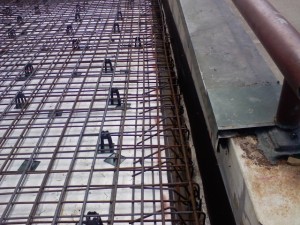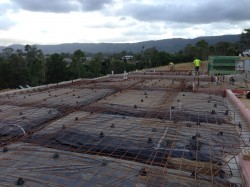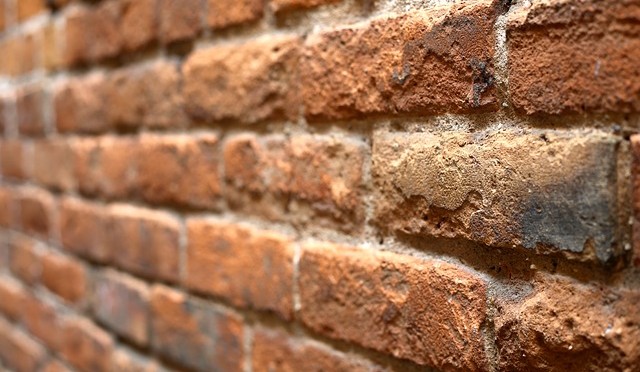What is Slab Heave?
Slab heave occurs in a house concrete slab when the ground moves more than your slab can stand. Waffle slabs and raft slabs are both intended to moderate this ground movement to acceptable limits.
The slab doesn’t normally crack, but if the movement in the slab is more than the brickwork and/or plasterboard walls can tolerate: they crack.
- Learn more about Slab Heave: What is Slab Heave?
- Our explainer video: What is Slab Heave?
- How to fix slab heave
Slab Heave – Waffle Slab vs Raft Slab
Which is better? A waffle slab or a raft slab?

The quick answer:
A Raft Slab
Why?
- Waffle slabs are built on top of the ground and need great drainage and really hard ground for the life of the building.
- Raft slab footings are dug into the ground, have more perimeter stiffness and more tolerance to poor ground conditions than waffle slabs.
- When turf and gardens are placed around waffle slabs, water can easily flow under the slab – that’s bad!
- Poor site drainage is easily disguised. Even if the ground surface looks like it grades away from a waffle slab, builders often use sand and rocks around a house to bring up ground surface levels. Sand and rocks are porous and allow water to flow under a waffle slab. This is a major cause of slab heave in waffle slabs.
Are Waffle Slabs Legal
Waffle slabs are legal and are their design is covered by AS2870 so engineers are entitled to specify them. However, their use comes with a lot of provisions that relate to site drainage that must be observed for the life of the building.
Your best protection is to read the engineers plans and observe the rules. If you haven’t built yet, find out what the rules are and whether they will restrict your plans for gardens, trees, lawns and swimming pools.
Waffle Slabs Need Better Drainage
Waffle slabs are a lot less tolerant of poor drainage:
- Site drainage is ULTRA-important but builders often only improve site drainage after the house is built. Water lying near a building under construction is against the engineer’s rules and can cause slab heave.
- The site drainage rules apply for the life of the building but this important information often isn’t passed on to future owners.
- Waffle slabs let moisture flow under buildings. This is the opposite of what is required for good performance of a house slab.
Damage from Slab Heave
Signs of slab heave include:
- Gaps under walls
- Damaged cornices
- Uneven floors
- Doors jamb and don’t close properly
- Diagonal cracks in brickwork
- Diagonal cracks in internal walls
Raft Slabs
You may have realised that we prefer raft slabs at Cornell Engineers. Want some reasons to pick a raft slab over a waffle slab? Check out this post.
Want to know more? Here’s the link to our video on slab heave.



